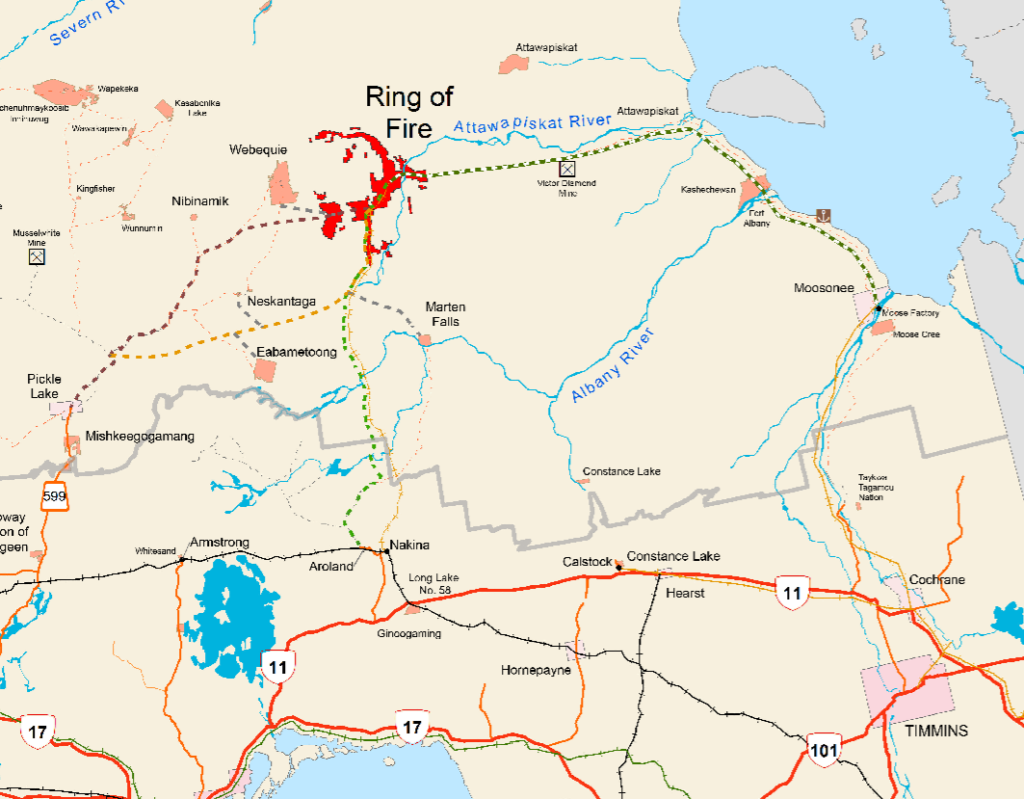Charlie Angus looks at lessons from an early 20th-century mining rush. An excerpt from the new book by the New Democrat MP for Timmins—James Bay, “Cobalt: Cradle of the Demon Metals, Birth of a Mining Superpower.”
The world is searching for cobalt, the miracle ingredient of the digital age. The metal’s capacity to store energy and stabilize conductors has made possible the proliferation of rechargeable batteries, smartphones and laptops. More crucially, in the face of catastrophic climate change, cobalt offers the hope of a clean-energy future.























